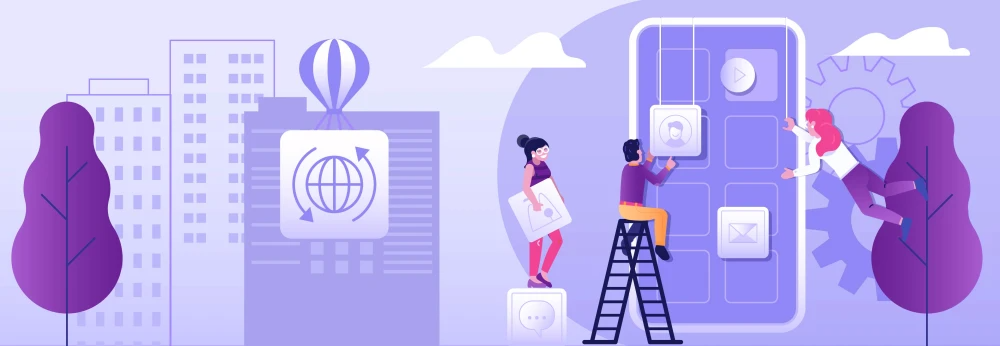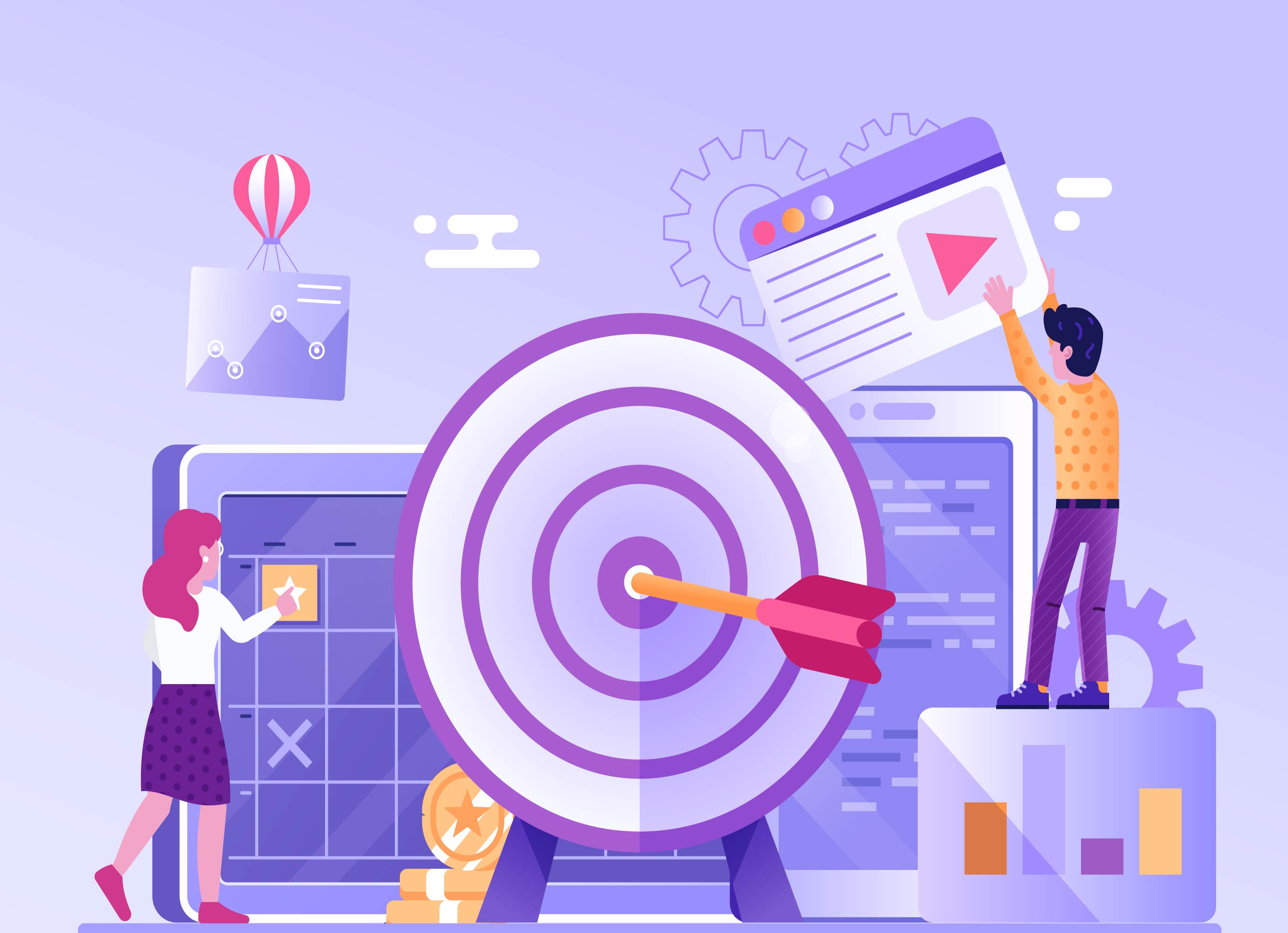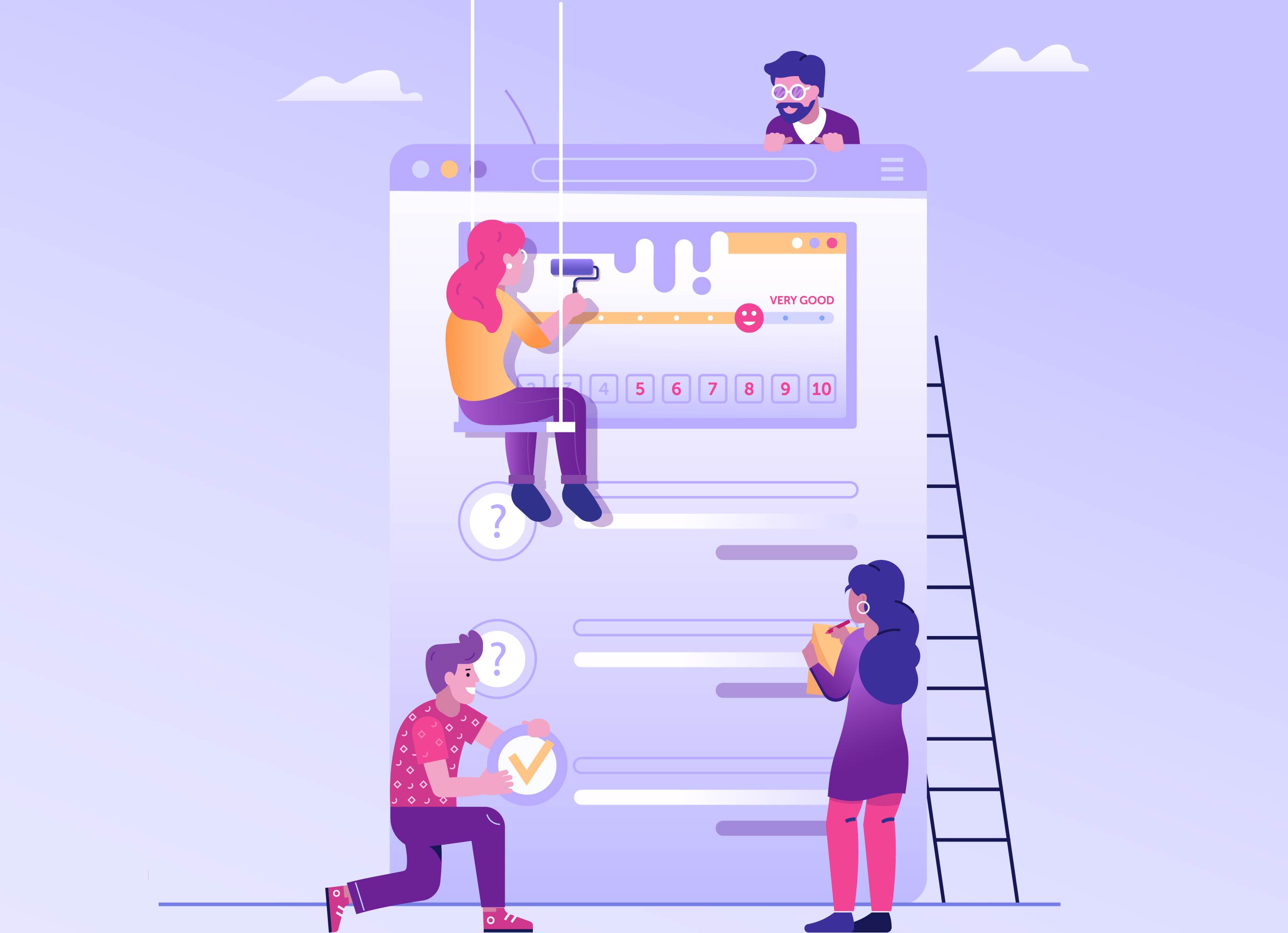.webp?2025-12-17T15:00:29.367Z)
Spotify Wrapped ideas make stats lovable

Make App Personalization Great Again! A Comprehensive Guide For Your eCommerce Shop!
Mark Polskii
Author @ InAppStory
Is your app engagement dropping? Are you losing users left and right? You should consider mobile app personalization. People are tired of generic interactions with their apps. That includes content and notifications that are not relevant to them. That’s very common. Would you use an app that doesn’t solve your specific problems or caters to your specific needs? You wouldn’t. That’s why you should include personalization in your mobile marketing strategy. It will boost engagement and increase user retention.
Benefits of Creating a Personalized Application

Raising awareness
One of the keys to growing your app is knowing what your users like and dislike. You can find this out by collecting data on user behavior, or even directly by conducting a survey on user preferences.
After you’ve gotten to know your users, you can use this information to keep them as long as possible and increase overall app usage.
The way you will enhance your app’s user awareness will depend on your goals and app type. For example, if you want the user to come back to your app, you can send them notifications on up to date events, reports, news etc.
For this strategy to work, these features have to be relevant, useful and not too aggressive. However, be careful, since going over the top with these will likely have the opposite effect.
Higher User Retention
With over 5.23 million apps available in app stores right now, it’s safe to say that the app market is very crowded. Why would anyone use your app, when there are hundreds of similar ones in the app store? Add to that the fact that 75% of users abandon apps after just one day, and the future of your app isn’t looking very gloomy.
But don’t give up just yet. This is where app personalization comes in.
By creating a personalized app experience for the users, you give them more reasons to keep coming back to your app instead of ignoring it. If an app is tailored to your needs and provides you with relevant offers, discounts, or recommendations, wouldn’t you use it regularly?
Personalization also makes your app stand out from the crowd. Why? Only 28% of all apps are personalized, according to Evergage. In a crowded market, that’s a great way to gain an advantage over your competitors and improve app retention.
Better Customer Experience
Which app would you prefer as a customer?
- An app that offers you generic products that don’t interest you and offers that are not relevant to you.
- An app that offers you products and services based on your shopping history, interests, and preferences.
The second one, right?
Mobile app personalization has a huge impact on the overall customer experience. It takes care of the users, makes things more convenient, easier, and faster.
In a study done by eMarketer, 35% of users say they want more personalization. So if you’re wondering how to improve customer experience, listen to what people are saying. In research done by Evergage, 84% of businesses report that customer experience is the key driver behind personalization.
More Engagement and Conversions
All of us know that an app is just a piece of software, not a real human being. However, we still don’t want to feel like we’re getting messages from a robot. That’s why people love personalization. It gives them an illusion of human interaction. And that drives engagement. Discover the importance of real-time engagement in our article on mobile marketing micro-moments.
When users are presented with relevant content that’s tailored to them, they will engage with it. When you give people what they want, need, or like, they’ll engage with it. It’s that simple.
It Can Boost In-App Purchases
What do you think happens when a user receives a personalized offer or discount?
They’re much more likely to make a purchase. It shows them that you understand and take care of them.
For example, you can segment users that were about to make a purchase at some point but then left the cart. Sending these users personalized push notifications can be a great way to encourage them to come back to the shop.
Increased Brand Loyalty
No matter what kind of business you have, brand loyalty is paramount. Loyal customers make repeated purchases, recommend you to their friends, and engage often. According to Localytics, they generate 25% more in-app purchases than other users.
And when you have a personalized application, brand loyalty goes up. When you cater to the specific needs of a user, they repay you with loyalty.
Keep in mind that 33% of customers abandon a business (according to Accenture) because personalization is poor or non-existent. So if you want to keep your customers and make them loyal to your brand, focus on mobile personalization.
Besides an increase in brand loyalty, personalization can also bring you higher revenue. Gartner reports that by 2020, personalization will boost the profits of digital businesses by 15%.
How can you personalize your eCommerce Shop?

Offer A Special Offer to First-Time Visitors
First impressions are everything! At their very first stop on the customer journey, you can entice customers with 10% off, buy-one-get-one, or a special seasonal deal catered to them. This is a great way to introduce customers to your brand and make it easier for them to say “yes” to an initial purchase.
Offer Recommended Searches to Narrow Options
For big retailers with different departments and offerings, visitors can get overwhelmed by not knowing where to start – especially if it’s their first time on the site.
Search recommendations can help narrow the customer’s choices by suggesting searches based on the user’s data combined with other factors like past first-time customer data.
Suggest Popular Products
Placing popular items front and center not only helps direct customers when they arrive on your site, but it also acts as a form of social proofing to remove uncertainty around a purchasing decision based on other people’s activity.
If a customer sees that a certain type of laptop is more popular than another, it will likely influence their decision and simplify their shopping experience. This is especially helpful for first-time customers who are likely comparing products from multiple sites. “Popular” items presented can be tailored according to behavioral data from a cold-start user or an authenticated customer’s habits or recent searches. This keeps these elements relevant to the category they are shopping in.
Suggest Complementary Products
Once the customer has landed on a product page or added something to their cart, complementary products are a great personalization strategy to upsell. It’s similar to suggesting items that go well with the product the customer is considering or purchasing, but rather than focusing on completing a look or a collection, complementary products can help make the experience of the current product better.
For example, someone who is purchasing shoes may need socks, or someone who purchased a table may need floor protectors to ensure they don’t scratch their hard-wood floors. This type of personalization focuses on the customer’s next step and moving them toward it based on their current activity and past purchasing data.
Bring Customers Back With A Special Deal
This personalization tactic is based on a lack of interaction with a site and can help bring back customers that have spent time away from a certain brand. This is often a profitable effort for companies because acquiring new customers can be more expensive than simply retaining old ones. The come-back personalized email can help revive an old customer and invoke their loyalty.
Personalize In-App Messages
Unlike push notifications, users get in-app messages while they’re using the app. And you should personalize them as well.
A simple way to personalize in-app messages is to address each user by their name. It’s basic, but it’s still a nice touch. You can also notify a user when they complete a milestone related to your app. Or you can send product recommendations based on their interests, needs, purchase history, etc. Noticed that the user didn’t buy anything through the app? Offer them free shipping as an incentive to buy.
Segment’s research found that 49% of people purchased something after getting a personalized recommendation.
No matter what kind of approach you take, make sure in-app messages are tailored to that specific user. You can’t go wrong with that.
Conclusion
App customization is no longer enough. Users want personalized content that will make them feel heard and taken care of. That’s why the main goal of your app should be to offer them a personalized user experience. It will make the app more convenient to use and more useful to users. And that will result in more engagement, higher user retention, and an increase in brand loyalty.

